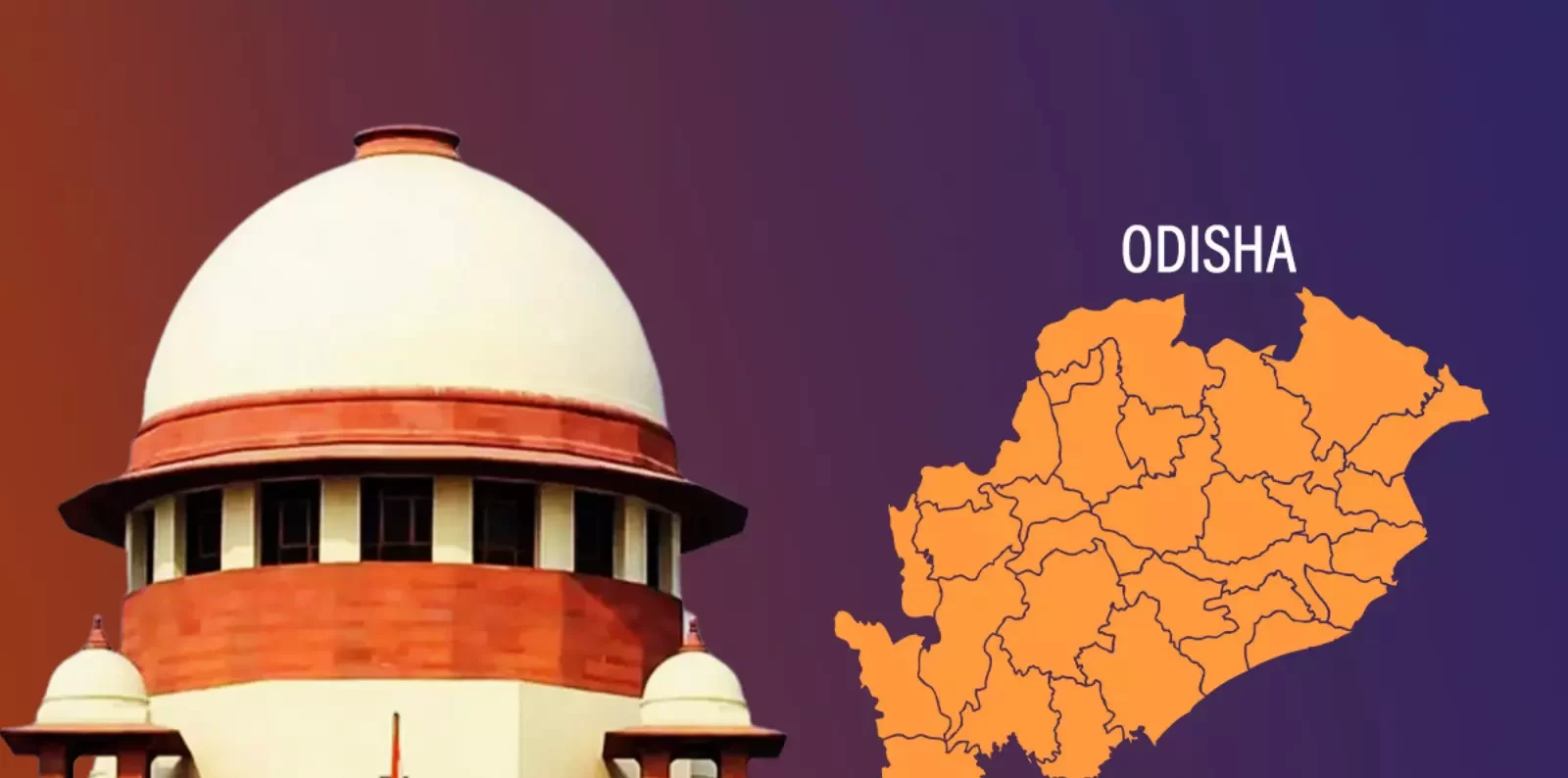In a notable divergence of opinions, the Odisha state government and the Central government, both under the Bharatiya Janata Party (BJP), presented opposing views before the Supreme Court regarding the application of a crucial judgment on states’ rights to levy cesses on mining activities. The case in question, *Mineral Area Development Authority etc vs Steel Authority of India and others*, revolves around whether the Supreme Court’s earlier decision should apply retrospectively or prospectively.
The Supreme Court had previously ruled that while royalty paid by mining operators to the Central government does not constitute a tax, states do have the authority to impose cesses on mining and mineral-use activities. The current debate centers on whether this judgment should impact past transactions or only future ones.
Representing the Central government, Solicitor General (SG) Tushar Mehta argued for a prospective application, suggesting that past transactions should not be affected by the ruling. However, Odisha’s Advocate General (AG) Pitambar Acharya contended that the judgment should be applied retrospectively, which would potentially have significant financial implications for the state.
This difference in positions was highlighted during the proceedings, with the SG emphasizing the alignment of Madhya Pradesh and Rajasthan with the Centre’s stance. Meanwhile, AG Acharya underscored Odisha’s need to protect its revenue interests, particularly given the state’s socioeconomic commitments and the economic challenges it faces.
The Chief Justice of India, DY Chandrachud, who presided over the nine-judge bench, stressed the necessity for Odisha to clearly articulate its position. The AG acknowledged the dilemma but insisted on the state’s need to safeguard its financial resources, especially in light of potential losses if the ruling were not applied retrospectively.
The Supreme Court’s decision on this matter will have far-reaching consequences, not only for Odisha but also for the broader fiscal and legal landscape regarding state and central government relations in the mining sector. The case continues to be a focal point of discussion, highlighting the complexities involved in balancing state rights, central authority, and economic considerations.

